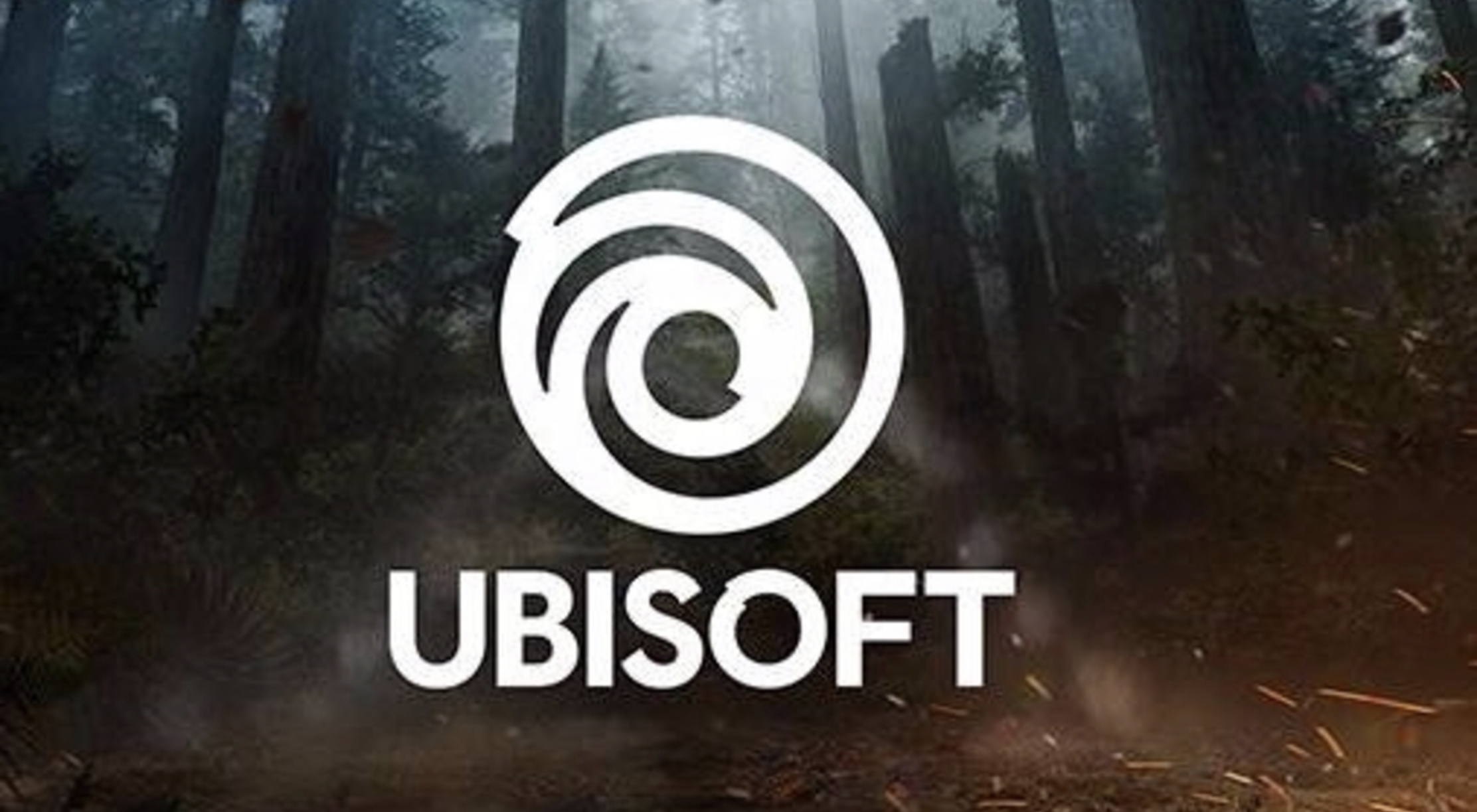www.bdonline.co.uk
Jestico + Whiles body of work made the shortlist at lastsAYAs, as the practice was named a finalist for two awards, includingHigher Education Architect of the Year.In this series,we take a look at one of the teams entry projects and ask the firms director, James Tatham, to break down some of the biggest specification challenges that needed to be overcome.The building marks a new typology for the university, where similar spaces have traditionally been provided on a collegiate basisWhat were the key requirements of the clients brief? How did you meet these both through design and specification?The West Hub was conceived as a place for people across different university departments and disciplines to come together and for the broader Cambridge community. The university sought a building that would be flexible on a day-to-day basis to support a range of uses, and adaptable in the longer term to meet changing needs over time. Our solution, a new typology for the university, which is neither college nor faculty, is designed to nurture cross-departmental collaboration and serendipitous connections in an attractive, welcoming and open environment.The building is graduated vertically, and each storey height is different, creating a spectrum of ambiences and environments: a vibrant, active and lively ground floor with a focus on hospitality, a relaxed and calmer first floor, and a quieter upper floor intended for focused study. Acoustic control was achieved by carefully selecting ceiling, wall and floor treatments.Alongside more structured spaces, the buildings generous circulation and breakout areas make space for informal study and socialising. In addition to a more traditional library space, a range of individual and small group study areas in various semi-enclosed and open-plan environments are provided.The university sought a building that would be flexible on a day-to-day basis to support a range of uses and adaptable in the longer term to meet changing needs over timeWhat were the biggest specification challenges on the project and how were these overcome?The design and specification of the perforated, corrugated external aluminium cladding panels was particularly challenging. The panels form a multifunctional veil across the facade that controls daylight, glare and heat into the spaces behind, while also providing a translucent quality that allows the building to glow lantern-like after dark.Many of the panels are visible from the interior and the exterior, so they require elegant detailing. They also needed to be hinged in places to allow access to the glass behind. The finish needed to work with the perforations to be simultaneously reflective and transparent. Full-size mock-ups and prototyping were used to refine the design.What are the three biggest specification considerations for the project type? How did these specifically apply to your project?The specification of the cladding was crucial to the buildings appearance. The folded, polished and perforated aluminium panels we specified reflect the hues and colours of the surrounding landscape dynamically, reflecting shifting daylight patterns. At dusk, integrated lighting creates a warm, lantern-like radiance that glows through the perforated cladding and acts as a beacon at the heart of the campus. Achieving this effect required careful design development, close collaboration with specialist suppliers and iterative testing of physical samples through mock-ups and prototypes in different environmental conditions.The interiors are relaxed and intentionally non-institutional, more akin to a modern workplace than a traditional academic setting. Exposed concrete was used extensively internally to the soffits and to feature walls within the two atriums. Biophilic design was integral to the design on an architectural level: sunken pits are built into the foundation to form planting areas in the buildings two atrium spaces.The hub also features a cafeteria and bar. For these, we looked beyond academic institutions to draw on various commercial and hospitality projects for inspiration. These non-academic environments resonated with the client and aligned with their non-institutional vision for the building. The specification of materials and finishes in these areas needed to strike a balance between durability and aesthetic appeal.The design and specification of the perforated, corrugated external aluminium cladding panels was particularly challengingDo you have a favourite product or material that was specified on the project?We were looking for a way of closing the servery from the main cafeteria space when not in use. We wanted to avoid folding and sliding doors and shutters, which we found expensive, prone to maintenance issues and visually unappealing. Instead, we specified a light gauge chainmail curtain, created using Drapetech Coil Mesh supplied by Waverley. The curtain can be pulled across to wholly or partly divide the space as required while still allowing a degree of connection between the two areas. It references the aluminium cladding on the buildings facade, which also acts as a reflective and transparent veil, tying together the buildings interior and exterior.Are there any suppliers you collaborated with on the project that contributed significantly? And what was the most valuable service that they offered?Fixed and loose furniture was specified to contain and release space within the building. The learning spine was conceived as a multifunctional component. Formed of orange-faced plywood, this ribbon of bespoke furniture weaves through the length of the building, tightening to enclose private spaces, relaxing to create openings and frame views, and fracturing to subdivide larger areas.We created an outline design and specification for the learning spine in collaboration with Frapont Joinery. They produced a 1:1 mock-up, allowing us to review finishes and details. The resulting installation exceeded expectations.What did you think was the biggest success on the project?The West Hub is a new landmark central to delivering the West Cambridge masterplan. It is key to the universitys vision of transforming the site into a lively, active teaching and research quarter. It sits opposite the Ray Dolby Centre, the new home for the universitys Cavendish Laboratory, also designed by Jestico + Whiles.Since the building was conceived, the Covid pandemic has had a seismic impact on working practices. The flexibility of the hub has allowed it to flourish in this new context and support new ways of working that align with the clients long-term vision.Situated at the heart of the universitys emerging Innovation District in west Cambridge, the West Hub incorporates co-working spaces, teaching rooms, a terrace and a library, with a permeable ground floor activated by a cafeteria and bar1/16show captionProject detailsArchitectJestico + WhilesClient University of CambridgeMain contractor Bouygues UKStructural engineer RambollServices engineer Hoare LeaLandscape Architect Plincke Landscape LtdQuantity surveyor AecomProject manager Currie & BrownAcoustic and fire consultant RambollCatering consultant Tricon FoodserviceAccess consultant David BonnettLighting designer Studio Fractal LtdLight gauge chainmail curtain WaverleyLearning spine Frapont JoineryOur What made this project series highlights the outstanding work of our Architect of the Year finalists.To keep up-to-date with all the latest from the Architect of the Year Awards visithere.












